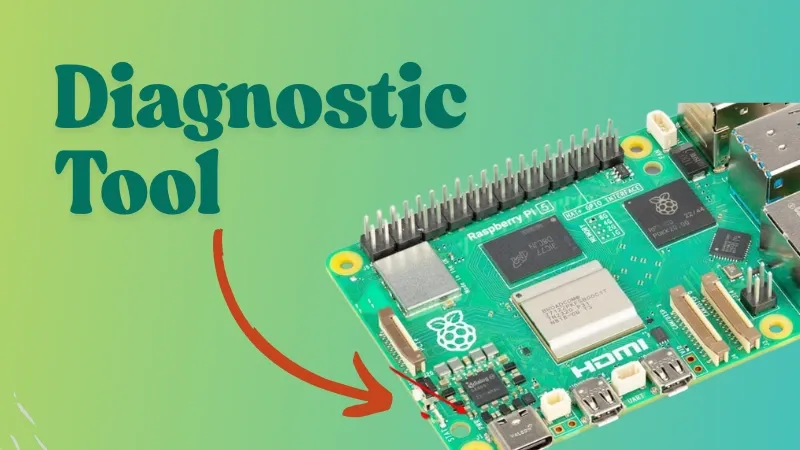Itsfoss
2w
17

Image Credit: Itsfoss
Those Blinking LEDs on Your Raspberry Pi Have Special Meanings
- The Raspberry Pi's onboard LEDs serve as diagnostic tools, signaling boot failures through specific blink patterns for troubleshooting without a monitor.
- Different Raspberry Pi models have varying LED placements and colors, each indicating specific statuses and issues.
- For instance, on Raspberry Pi 5, the green LED blink codes signify different boot failures such as missing boot files or hardware faults.
- Raspberry Pi 4, 400, and 3 models also feature similar LED diagnostics for indicating power status, SD card activity, and boot problems.
- The absence of a display doesn't limit troubleshooting, as the LEDs provide valuable insights into the Raspberry Pi's boot process.
- Older models like Raspberry Pi 2, 1, Zero, and Zero W use LED flashes to indicate boot errors and SD card activity.
- Understanding the LED codes helps users identify and resolve common Raspberry Pi issues without direct access to the device.
- Raspberry Pi's LEDs offer a convenient way to remotely diagnose and resolve problems in headless setups.
- For detailed debugging, users can use a UART attached to the Raspberry Pi to fetch debugging data on a computer.
- Knowledge of the Raspberry Pi pinout can further aid in project preparation and issue troubleshooting.
Read Full Article
1 Like
For uninterrupted reading, download the app